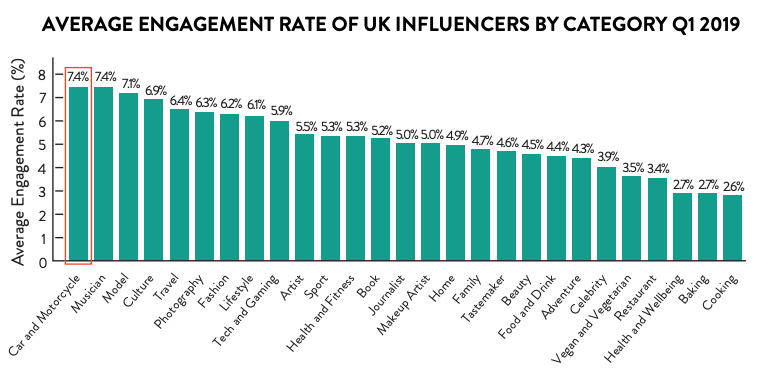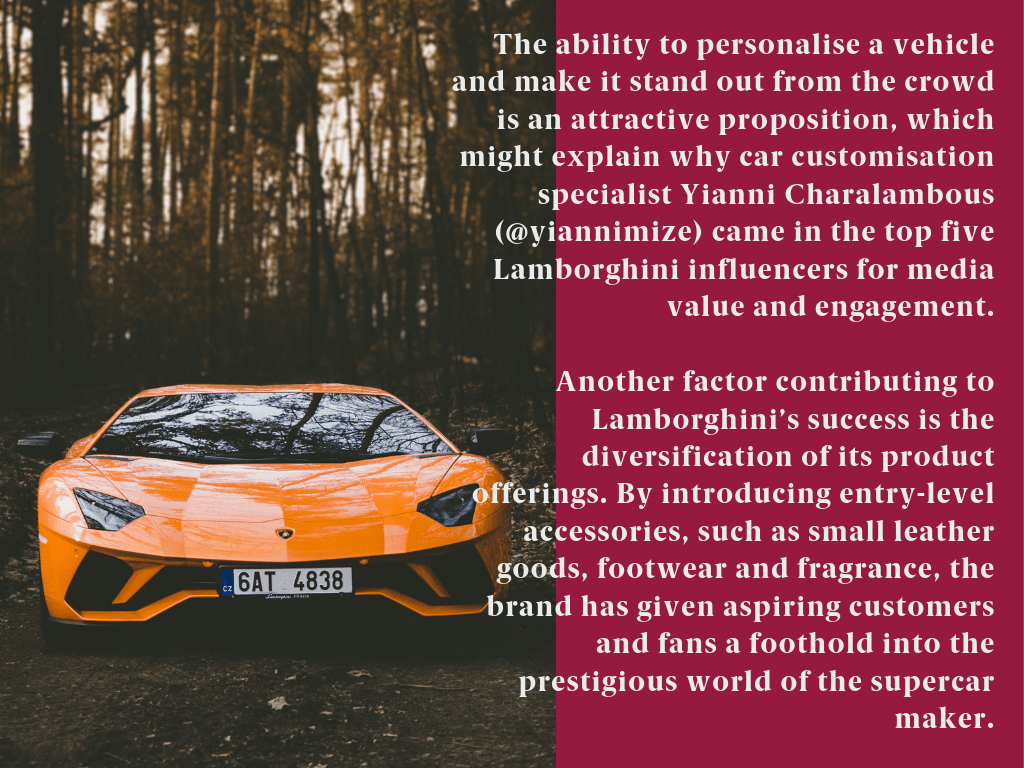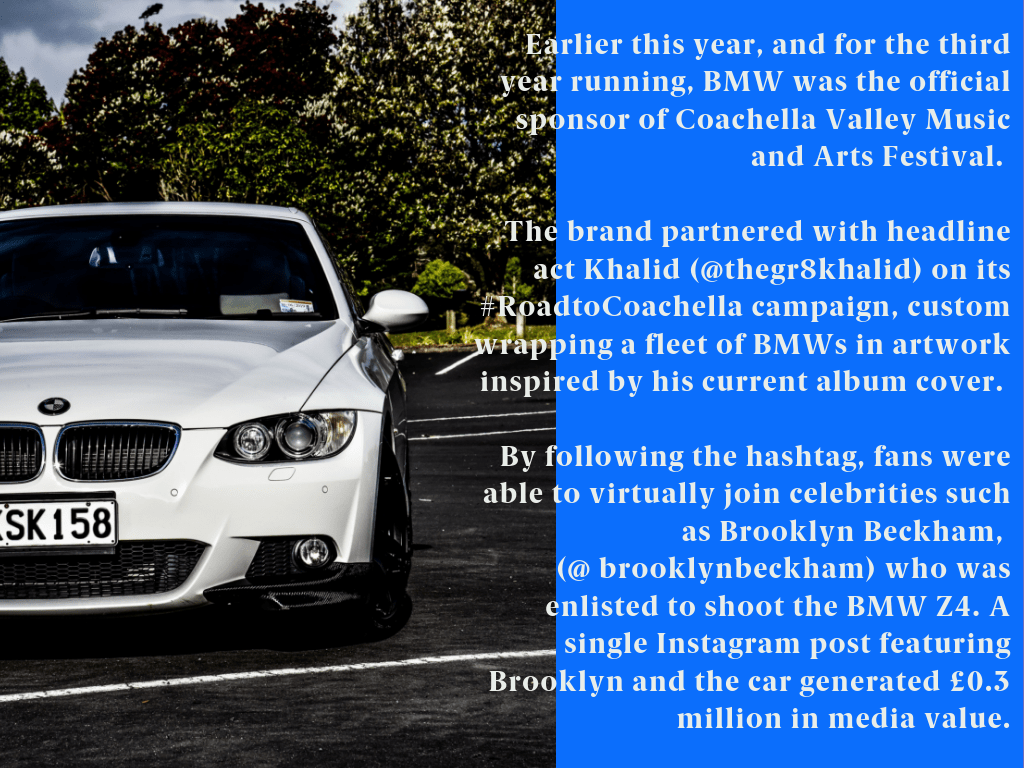🎉 WeArisma joins forces with NielsenIQ (NIQ) to, for the first time ever, measure the impact of Creator Marketing on sales.
Wearisma is thrilled to unveil our new whitepaper, ‘The State of UK Automotive Influence,’ offering in-depth, data-driven insights into how UK influencers engaged with cars in Q1 2019. Discover that UK automotive influencers had the highest average engagement rate of 7.4%, with luxury supercars dominating 89% of the discussions. Learn how Mercedes, Lamborghini, and BMW are leading the charge in influencer marketing within the automotive sector, and download the full report to explore top supercar types and mass market car brands.

Published On: June 11, 2019
Announcing ‘The State of UK Automotive Influence’ Whitepaper
Wearisma is excited to announce the launch of ‘The State of UK Automotive Influence’. This new whitepaper is full of data-driven insights, revealing how UK influencers are discussing cars online in Q1 2019. The automotive industry has been described as a vital part of the UK Economy and our research reveals that influencers have a part to play in the future of the industry. Compared to other industries, we found that UK car and motorcycle influencers had the joint highest average category engagement rate – 7.4% – in the UK in Q1 2019, which equates to receiving the most likes and comments per 100 followers.

To obtain a clearer picture of the dynamic relationship between the automotive and influencer marketing industry, it’s important to understand which brands are already leading the way in driving influencer conversations. Our analysis revealed that luxury cars are particularly popular, with supercars making up 89% of influencer conversations. Utilising our sophisticated A.I. tools we have created a definitive list of the most talked about luxury automotive brands among UK influencers in Q1 2019. To add some colour to this list, we’ve conducted a deep-dive into how the top 3 luxury automotive brands have gone about curating engaging influencer strategies.

Mercedes tops our list for automotive brands both in volume metrics (such as the number of influencers and mentions) and value metrics (such as engagement and media value). Mercedes has a 16% share of voice of automotive influencers and 24% of both the media value and engagement when compared with the 10 other luxury vehicle brands.

With 19.5 million social media users following its main Instagram account
@lamborghini, the Italian luxury sports car and SUV manufacturer has
the second highest number of influencer mentions of the top 10 luxury
car brands and also comes second for engagement and media value.
On average, Lamborghini received the most mentions per influencer,
suggesting that it chooses its partners wisely and seeks to prioritise mid to long-term collaborations.

Out of the top 10 luxury automotive brands, BMW has the highest celebrity following, with a substantial 54% of influencers falling into the celebrity content category – a sector that accounts for just 18% of the engagement.
BMW’s mission to extend its reach by creating “relevant and snackable” content according to Global Head of Digital Marketing Jörg Poggenpohl, has seen the brand engage in partnerships with lifestyle, music and fashion influencers.

To find out more about the top supercar types and the top mass market car brands, download ‘The State of UK Automotive Influence’ white paper now.
Access timely cultural trends, strategic creator guidance, and industry best practices.
Discover the most groundbreaking entertainment marketing insights from our eye-opening panel discussion at ‘The State of Influence 2025 and future-proof your brand for tomorrow’s creator economy.
Why Dior, Jean Paul Gaultier & Belmond Are Winning the Luxury Influence Game in 2025


Join our community and get cultural insights, creator strategy guides, and real-world best practices.
The most comprehensive creator marketing and social intelligence platform, built for brands and agencies ambitious in driving cultural and commercial impact.